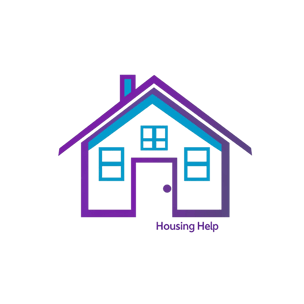Income-Restricted Affordable Housing
3/11/20252 min read


Understanding Income-Restricted Affordable Housing
For individuals and families seeking affordable housing, options extend far beyond traditional public housing programs. Income-restricted affordable housing encompasses several categories designed to accommodate varying income levels. This blog post delves into three primary types: Low-Income Housing Tax Credit (LIHTC) properties, privately-owned subsidized housing, and nonprofit-owned buildings, all aimed at providing safe and alternative living arrangements for those in need.
Types of Affordable Housing
The three primary types of income-restricted affordable housing are LIHTC properties, privately-owned subsidized housing, and nonprofit-owned buildings. LIHTC properties represent a significant portion of affordable housing. These are typically developed by private companies that receive tax credits to incentivize the construction of low-cost rental homes. Eligibility for LIHTC properties generally requires applicants to earn 60% or less of the Area Median Income (AMI).
Privately-owned subsidized housing includes agreements between private landlords and the government to provide reduced rent to qualifying tenants. This type of housing can vary greatly, but applicants usually find it operates under similar income limits as LIHTC properties. Nonprofit-owned buildings, managed by community organizations and charities, often aim to serve specific populations, including seniors or individuals with disabilities. Applicants for these units might also need to meet 30%, 50%, or 60% AMI requirements, depending upon the organization's specific guidelines.
Finding Listings and Application Processes
Locating affordable housing listings may seem challenging; however, resources like HousingWorks, MassHousing, and local Community Development Corporations (CDCs) simplify the process. These platforms compile available affordable housing opportunities and allow individuals to filter by location, income requirements, and the type of housing available.
Understanding income limits is crucial when searching for housing. The various tiers correspond to different assistance programs:
30% AMI: Extremely low-income individuals
50% AMI: Very low-income individuals
60% AMI: Low-income individuals
80% AMI: Moderate-income individuals
The application process, often intertwined with lottery systems and waiting lists, may vary by site. Once a listing is found, applicants often submit their details online or directly to the housing authority, where they are placed into a lottery for the available units.
Understanding Vouchers and Their Impact
In addition to housing options, vouchers such as project-based and enhanced vouchers play a vital role in reducing housing costs. Project-based vouchers are assigned to particular rental units and remain with the property itself rather than the tenant. Enhanced vouchers, on the other hand, assist tenants of specific subsidized housing in maintaining affordability when the property transitions to market rent. Understanding these programs can further assist in navigating the complexities of affordable housing.
In conclusion, exploring income-restricted affordable housing options extends beyond traditional public housing programs. Resources and guidelines are available to help potential applicants find suitable housing that meets their needs and provides stability within the community.
Domestic Violence Housing Navigation & Support | Massachusetts
Specialized housing navigation services for domestic violence survivors in Massachusetts. Find safe, independent housing quickly with personalized guidance from someone who's walked this path. Your privacy is protected—no tracking or data storage.
contact@dvhousinghelp.org
617-299-6449
© 2025. All rights reserved.
